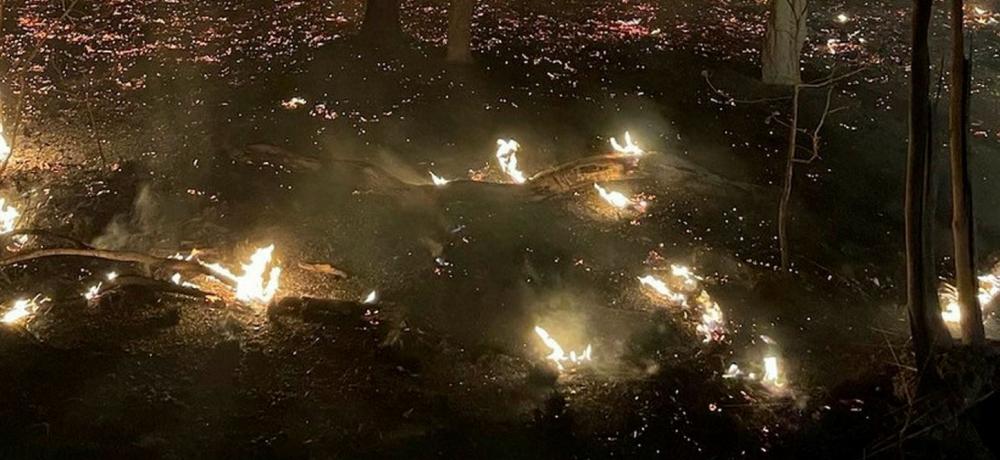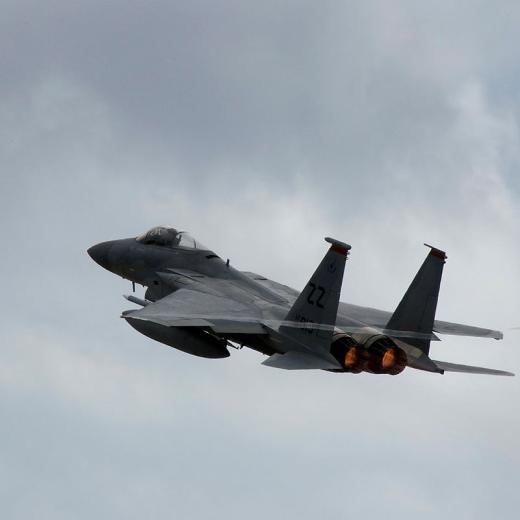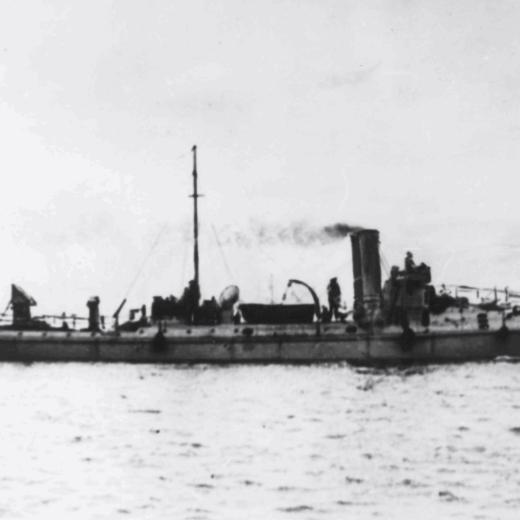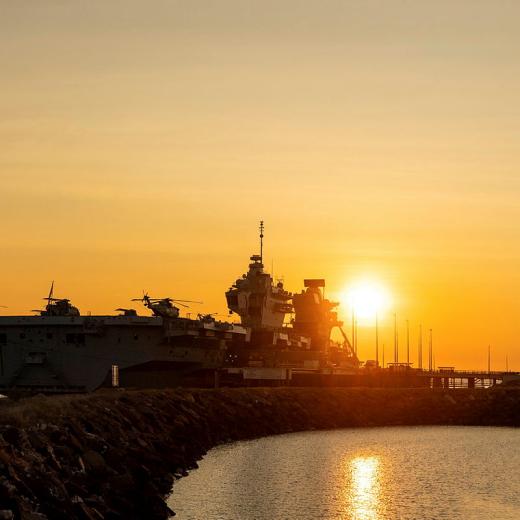BLUF
The attack on Pearl Harbour by Japan and the declaration of war against the USA by Nazi Germany brought America into WW2; which four years later resulted in the unconditional surrender of both Japan and Germany.Summary
The Japanese attack on Pearl Harbour was a vicious surprise attack by Japan on the USA base in Hawaii. Australian wartime Labor Prime Minister John Curtin stated:
'Without any inhibitions of any kind, I make it quite clear that Australia looks to America, free of any pangs as to our traditional links or kinship with the United Kingdom.' This article makes the following points:
- At the time of the attack, Japan controlled Korea, Taiwan, French Indo-China (Vietnam}, and Chinese Manchuria.
- Japan aimed to control much of the Asia-Pacific through the Greater East Asia Co-Prosperity Sphere.
- Although part of the Axis Alliance, Japan was not involved in the war in Europe.
- Japan's growing empire needed raw materials, particularly oil and pig iron.
- America and Europeans in Asia were a threat to Japanese expansion, but the war in Europe was keeping the British Empire occupied, leading Japan to believe that an attack on Pearl Harbour was feasible and strategically necessary.
- Japan was controlled by its military.
- The Japanese naval victories in the 1905 Russo-Japanese war resulted in Japanese military leaders thinking, that like Russia in 1905, the USA would withdraw from the Pacific after the defeat at Pearl Harbour, giving Japan a free hand.
- The US was not like Russia in 1905, as it was a dynamic and powerful country with strong leadership.
- The attack aimed to knock the US Pacific Fleet, based in Hawaii, out of the war.
- Thanks to sightseeing trips over Pearl Harbour, the Japanese had detailed base plans.
- By simple observation, they knew the status and location of ships and aircraft.
- The Philippines and Malaya would be attacked simultaneously as Pearl Harbour.
- The attack on Pearl Harbour would combine dive bombers, high altitude bombing and torpedo attacks.
- To stop Japanese torpedoes from running deep in the shallow waters of Pearl Harbour, wooden fins were added.
- No balloons, blackouts or torpedo nets were deployed at Pearl Harbour, and the US forces did not have any planes in the air.
- Each part of the attacking Japanese task force had responsibility for specific areas and targets.
- All US army aircraft were grouped to prevent sabotage.
- Radar stations were shut down at 0700 hours.
- The US commanders took some precautions with aircraft carriers rotated in and out of the harbour, ship and naval aircraft patrols and anti-submarine patrols were in operation.
- After Pearl Harbour, the US agreed to a Germany first policy with the UK.
- The Japanese aircraft carriers launched from about 200 miles north of Pearl Harbour when USS Enterprise was about the same distance south.
- A Hawaiian radio station inadvertently provided a directional locater for Japanese aircraft.
- Radar operators did detect the incoming Japanese attack, but this was initially dismissed as friendly aircraft.
- The Japanese used the code word 'Tora Tora Tora' (Tiger Tiger Tiger) to begin the attack.
- Two waves of aircraft attacked the harbour vessels, and the airfield destroyed two-thirds of the aircraft on the ground.
- The US Navy destroyed two Japanese submarines.
- Incredibly Japan did not conduct additional strikes; therefore, the US oil storage facilities remained intact.
Casualties
- Japan 185 killed.
- US 2,403 killed.
- 169 US aircraft lost.
Implications
- The US was now an active participant in WW2.
- Pearl Harbour was a rallying point for Americans.
- The battleship was no longer viewed as the decisive weapon in naval warfare.
- Most of the sunken vessels were refloated and returned to service.
References
- MILITARY HISTORY INDEX PAGES AND COLLECTIONS ON THE RAAF RUNWAY
- AIR AND SPACE POWER: COLLECTIONS | The Runway (airforce.gov.au)
- ADDITIONAL READING RAAF RUNWAY (PME) | The Runway (airforce.gov.au)
- RAAF RUNWAY: RATIONALE, GUIDELINES, LEARNING OUTCOMES, ETC
- Sep 2017 JAPANForward Air War, the Forgotten Part of the Pearl Harbor Story
- Dec 2021 The Conversation 80 years on, the attack on Pearl Harbour offers lessons for today
- Dec 2021 National Park Service National Pearl Harbor Remembrance Day
- Dec 2021 The White House A Proclamation on National Pearl Harbor Remembrance Day, 2021





